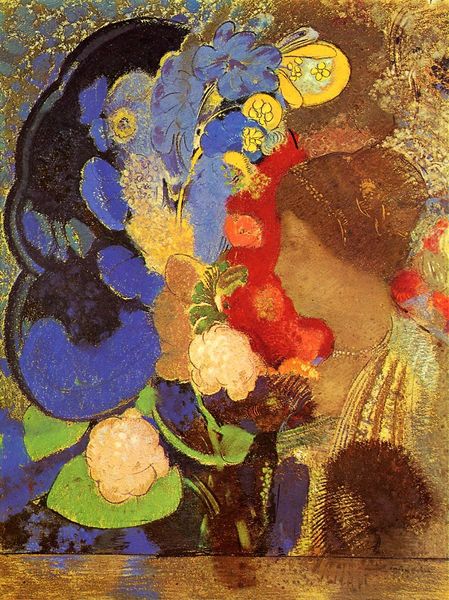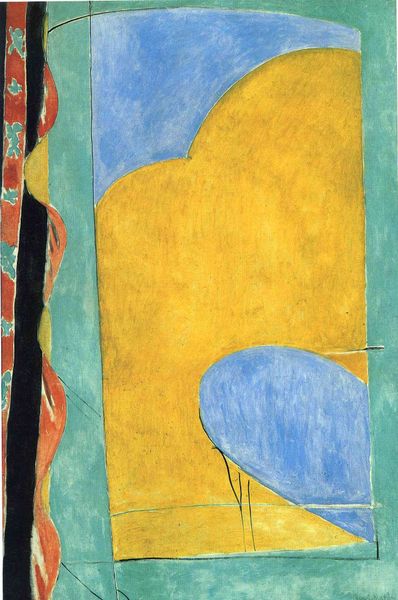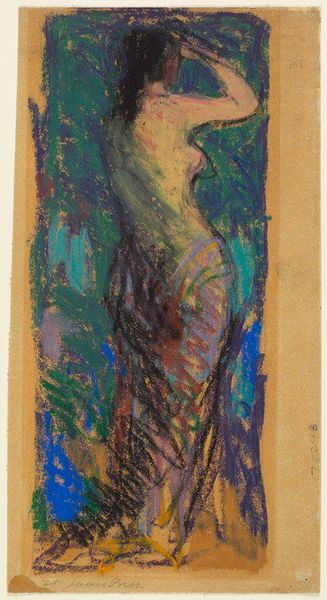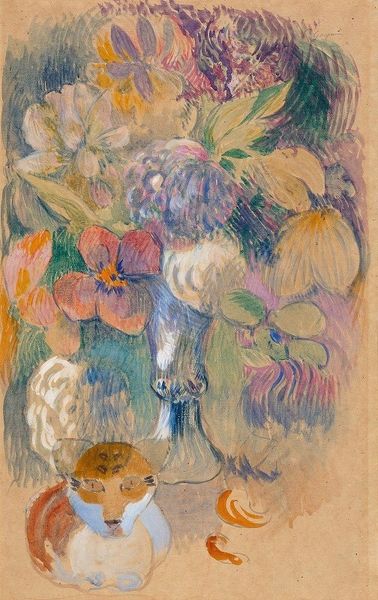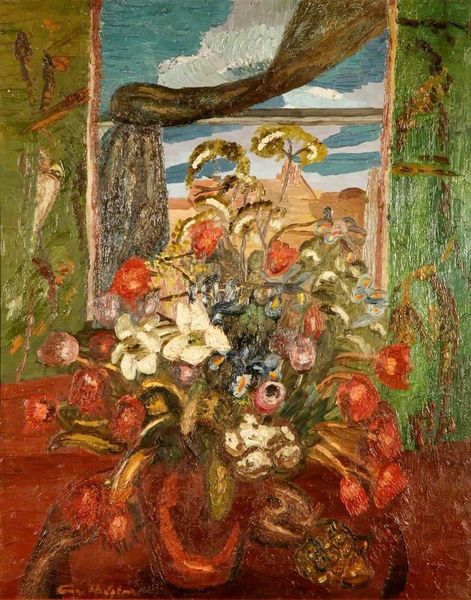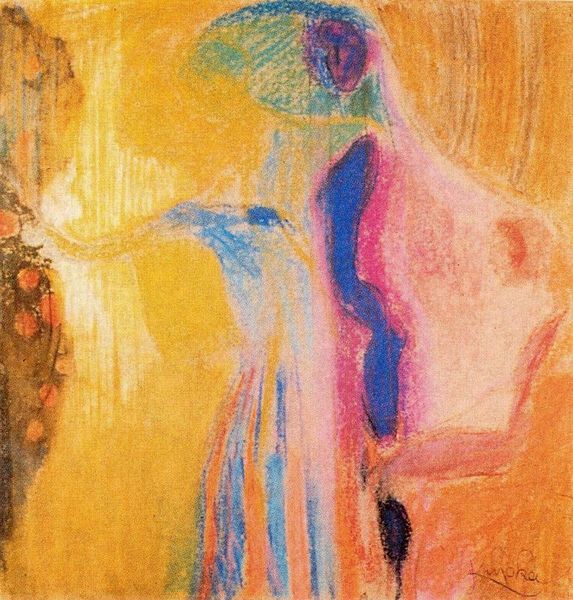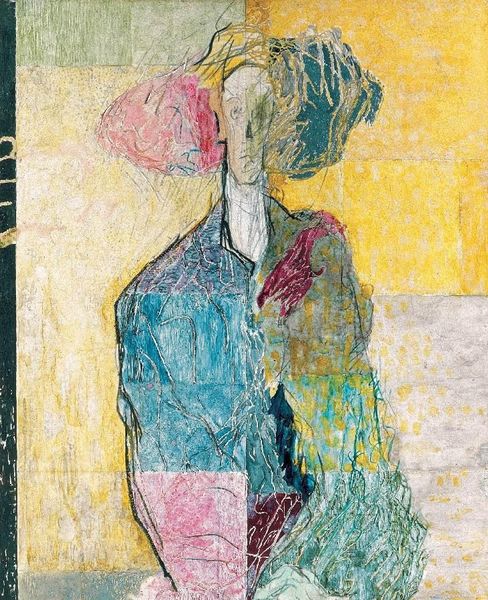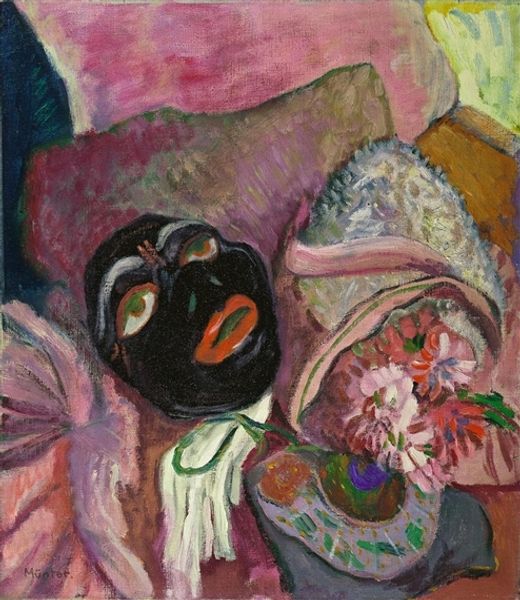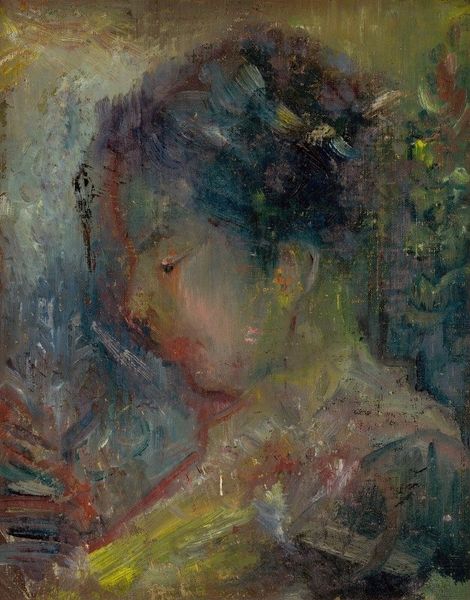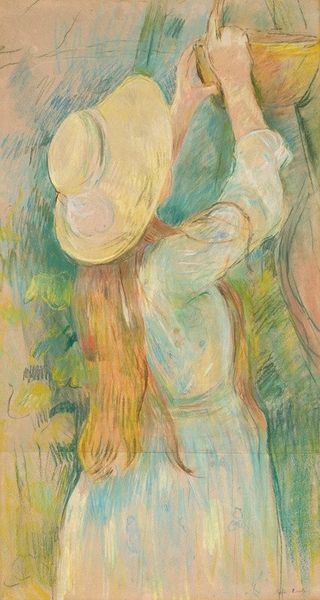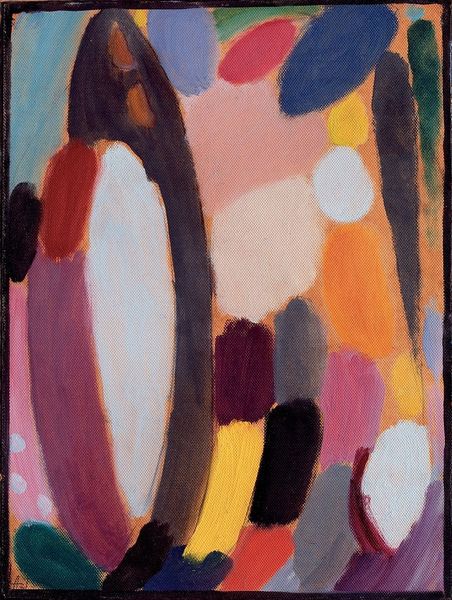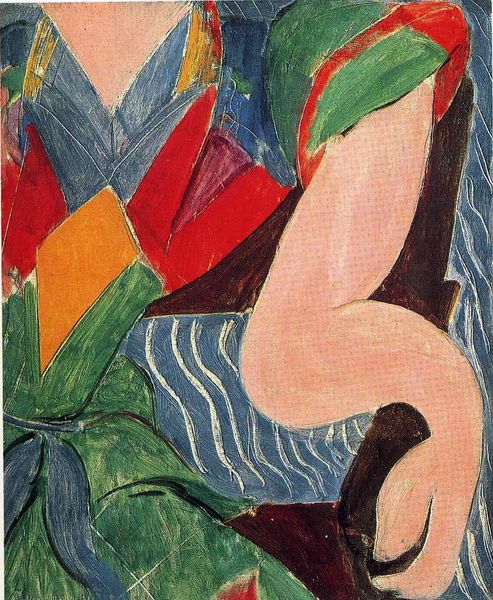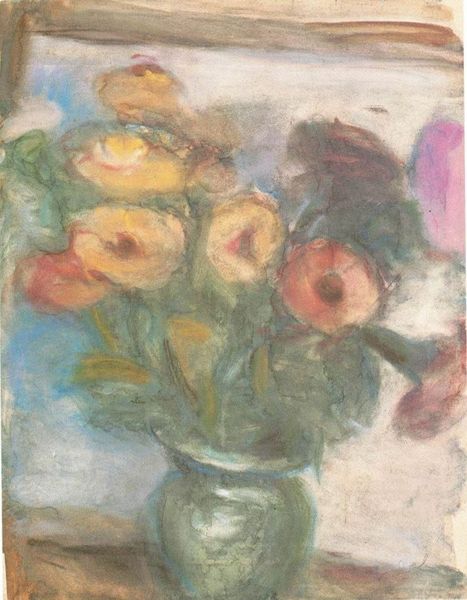
tempera, painting, impasto, pastel
#
organic
#
tempera
#
painting
#
landscape
#
impasto
#
symbolism
#
pastel
Copyright: Public Domain: Artvee
Editor: This is Odilon Redon’s "Ophelia," painted in 1906 using tempera and pastel with impasto. I find the dreamy, almost hallucinatory, depiction of Ophelia fascinating. What social or historical factors might have influenced Redon’s choice to represent Ophelia in this rather ethereal way? Curator: That's an astute observation! Redon's work often reflects the Symbolist movement's broader turn inward, away from realism and towards the subjective. Consider the late 19th and early 20th centuries – rapid industrialization, urbanization, and shifting social structures. Artists like Redon responded by exploring the inner life, dreams, and the subconscious. Ophelia, already a popular subject, provided an ideal figure to represent themes of madness, female fragility, and the tragic consequences of social constraints on women. Redon's depiction, removing her from a literal drowning scene, universalizes her experience of alienation. Editor: So, the painting isn't just about the literary figure, but about societal pressures? Curator: Precisely! It's a comment on the public role – or lack thereof – afforded to women in that era. The ambiguity in Redon's Ophelia—is she dying, dreaming, or transcending?—invites the viewer to contemplate these pressures. The loose brushstrokes and soft pastel hues further soften any concrete narrative, emphasizing her internal experience. How does this understanding influence your interpretation of her placement within a landscape? Editor: I see what you mean! I originally saw it as just decorative, but now I consider the flowers and undefined plants as perhaps representing a kind of oppressive environment or even the drowning incident that's still impacting society decades or centuries later. Curator: Exactly. Artists select themes from mythology or history as prompts to reflect on socio-cultural forces impacting contemporary audiences, so her setting also prompts more questions. Thinking about "Ophelia" and its original context helped me see how artists used historical subjects to comment on modern anxieties. Editor: Me too! I never realized how much social commentary could be packed into such a dreamy image.
Comments
No comments
Be the first to comment and join the conversation on the ultimate creative platform.
